
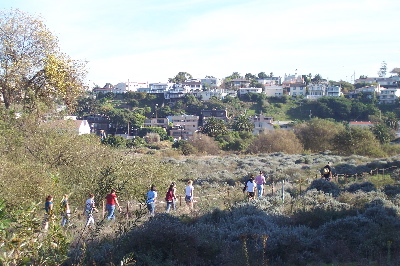
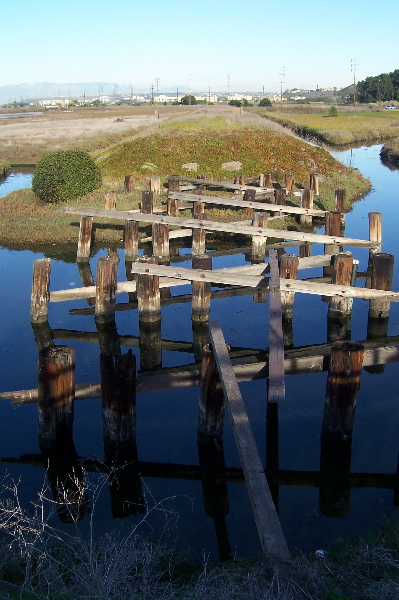
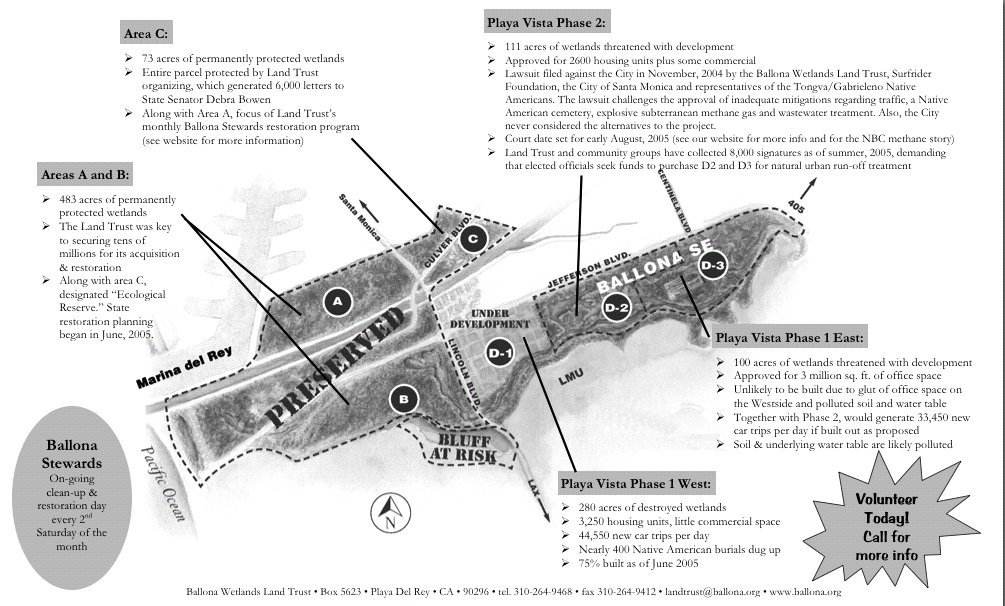
Ballona Wetlands Field Study |
||
| Author(s): Peggy Klipfel LeDuff & Jennifer LeDuff | Field Trip -
Teacher's Guide SED 695B; Fall 2005 |
|
|
 |
|
 |
||
Topics addressed: |
Description of Field Trip Ballona Wetlands offers many aspects of study, such as: |
Standards addressed: Six Grade Science Standards |
|
||||
|
||||
|
||||
These are photographs from the Ballona Flood
|
Girl Scout Troop# 287 spent the afternoon with Roy van de Hoek of the Ballona Institute and Marcia Hanscom of the Wetlands Action Network. The troop is currently working on their Silver Award and is deciding on their service project which will focus on the wetlands. |
|||||
Some environmental groups are removing introduced species and planting native species to provide food for such animals as the El Segundo blue butterfly.  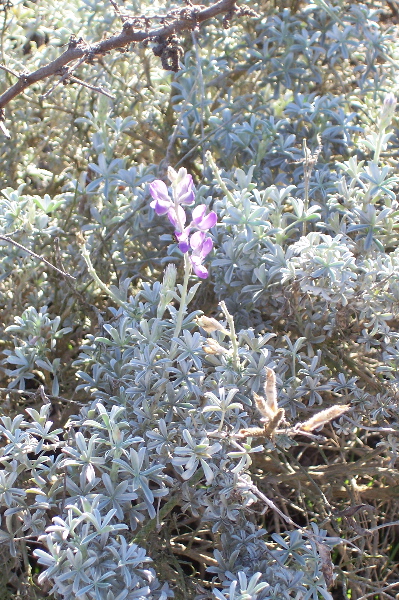 |
Part of Ballona Wetlands are off limits. People must arrange a tour through one of several environment groups to see these parts of Ballona. Some environmental groups are hoping that the wetlands will be rule by the State Parks to ensure access for its citizens and for protection for the wetlands. |
|||||
 |
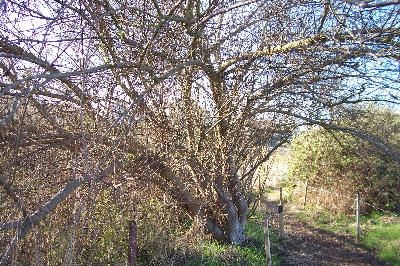 |
|||||
|
The above photo shows part of the natural dunes of the wetlands. Environmental groups have established pathways to eliminate more damage to the vegetation and dunes. The photo below on the left shows one of many salt bars which form during the dry seasons. As the seawater evaporates, salt deposits are left behind. The photo below on the right shows one of many native flowers.
|
|||||
|
|
|||||
|
||||||